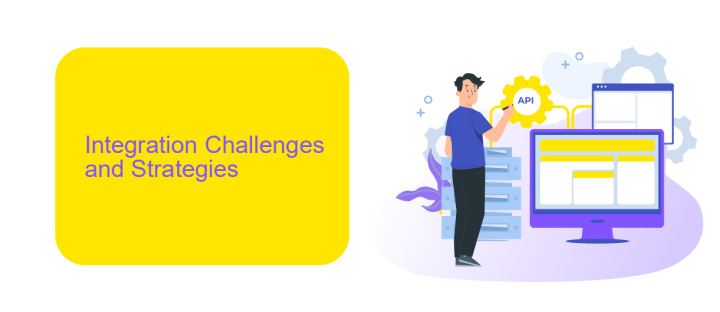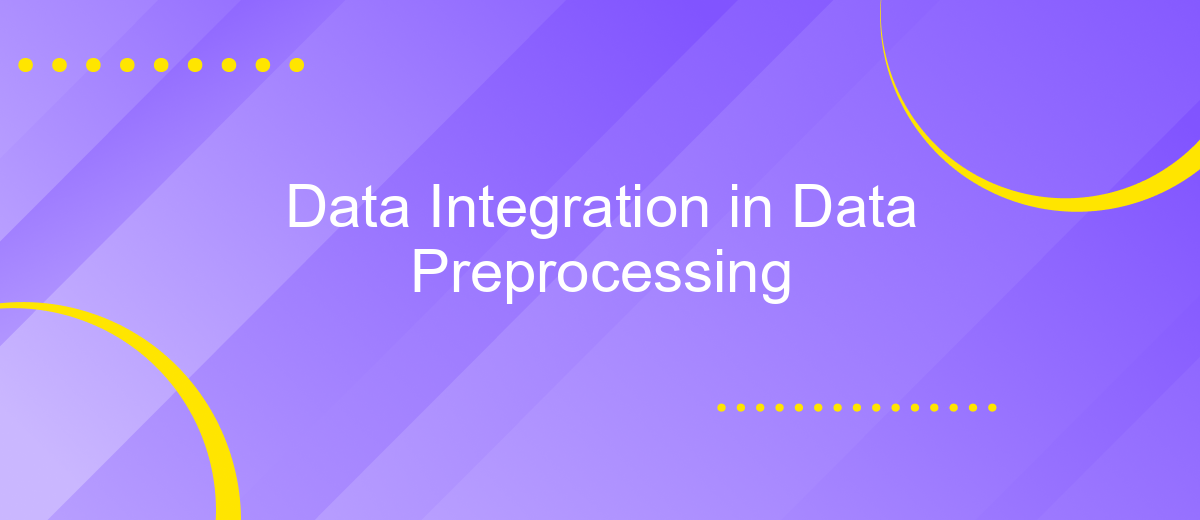Data Integration in Data Preprocessing
Data integration is a crucial step in data preprocessing that involves combining data from various sources into a unified view. This process ensures consistency, accuracy, and completeness, enabling more effective analysis and decision-making. By addressing issues such as data redundancy and inconsistency, data integration lays the foundation for robust data analytics and machine learning applications.
Introduction to Data Integration in Data Preprocessing
Data integration is a critical step in data preprocessing that involves combining data from various sources into a unified view. This process is essential for ensuring that the data used for analysis is consistent, accurate, and comprehensive. By integrating data, organizations can enhance data quality and enable more informed decision-making.
- Combining data from multiple sources
- Ensuring data consistency and accuracy
- Improving data quality for analysis
Effective data integration can be achieved through various tools and platforms. For instance, ApiX-Drive is a service that facilitates seamless integration of data from different sources. It allows users to automate data flows and ensure that all data is synchronized and up-to-date. By leveraging such tools, organizations can streamline their data preprocessing efforts and focus on deriving valuable insights from their integrated data.
Integration Challenges and Strategies

Data integration in data preprocessing presents numerous challenges, including handling diverse data formats, ensuring data quality, and managing data from multiple sources. Inconsistent data schemas and varying data types can complicate the integration process, leading to potential data loss or inaccuracies. Additionally, maintaining data integrity and consistency across various platforms and systems is a critical concern that requires meticulous planning and execution.
To address these challenges, organizations can employ several strategies. Utilizing automated data integration tools like ApiX-Drive can significantly streamline the process by providing seamless connections between different data sources and ensuring data consistency. ApiX-Drive offers a user-friendly interface that allows for easy configuration and real-time data synchronization, reducing manual effort and minimizing errors. Implementing robust data validation and transformation rules can further enhance data quality, ensuring that integrated data is accurate and reliable for downstream analytics.
Common Data Integration Techniques and Approaches

Data integration is a crucial step in data preprocessing, enabling the consolidation of data from diverse sources into a unified view. This process ensures consistency, accuracy, and accessibility of data, which is vital for subsequent analysis and decision-making.
- ETL (Extract, Transform, Load): This traditional method involves extracting data from various sources, transforming it to fit operational needs, and loading it into a data warehouse.
- Data Warehousing: Centralized repositories store integrated data from multiple sources, facilitating efficient querying and reporting.
- API Integration: Modern applications often use APIs to integrate data in real-time, allowing for seamless data flow between systems. Services like ApiX-Drive simplify this process by providing user-friendly interfaces for setting up integrations without coding.
- Data Virtualization: This technique provides a real-time, unified view of data without physical consolidation, enabling faster and more flexible data access.
- Master Data Management (MDM): MDM ensures consistency and accuracy of key data entities across the organization, enhancing data quality and governance.
Implementing effective data integration techniques is essential for maintaining data integrity and enabling comprehensive analytics. By leveraging advanced tools and services like ApiX-Drive, organizations can streamline the integration process, ensuring that data is readily available and reliable for strategic initiatives.
Data Integration Tools and Technologies

Data integration tools and technologies are essential for combining data from various sources into a unified view. These tools streamline the process of data preprocessing by ensuring that data is consistent, accurate, and ready for analysis. One such tool that has gained popularity is ApiX-Drive, which enables seamless integration between different applications and databases.
ApiX-Drive offers a user-friendly interface and a wide range of connectors, making it easier to automate data workflows without requiring extensive technical expertise. This tool supports real-time data synchronization, ensuring that your data is always up-to-date and reliable.
- ETL (Extract, Transform, Load) Tools
- Data Integration Platforms
- API Management Tools
- Data Virtualization Solutions
- Cloud-Based Integration Services
These tools and technologies play a crucial role in data preprocessing by facilitating the seamless integration of disparate data sources. By leveraging solutions like ApiX-Drive, organizations can enhance their data quality, reduce manual efforts, and accelerate their data-driven decision-making processes.
- Automate the work of an online store or landing
- Empower through integration
- Don't spend money on programmers and integrators
- Save time by automating routine tasks
Best Practices for Data Integration in Data Preprocessing
Effective data integration in data preprocessing begins with understanding the sources and formats of your data. It's crucial to standardize data formats to ensure compatibility and reduce errors during integration. Implementing automated data integration tools, such as ApiX-Drive, can streamline this process by connecting various data sources seamlessly, reducing manual effort and minimizing the risk of human error.
Another best practice is to maintain data quality by performing thorough data cleaning and validation before integration. This includes removing duplicates, handling missing values, and correcting inconsistencies. Regularly updating your integration processes and tools to accommodate new data sources and formats is also essential. Utilizing ApiX-Drive's robust features can help monitor and manage these integrations efficiently, ensuring that your data preprocessing pipeline remains reliable and up-to-date.
FAQ
What is data integration in data preprocessing?
Why is data integration important in data preprocessing?
What are some common challenges in data integration?
How can automation tools help with data integration?
What steps are involved in the data integration process?
Strive to take your business to the next level, achieve your goals faster and more efficiently? Apix-Drive is your reliable assistant for these tasks. An online service and application connector will help you automate key business processes and get rid of the routine. You and your employees will free up time for important core tasks. Try Apix-Drive features for free to see the effectiveness of the online connector for yourself.


